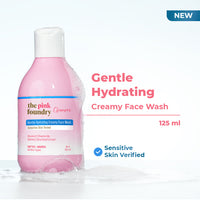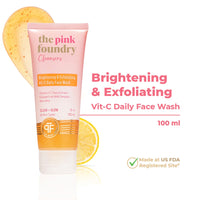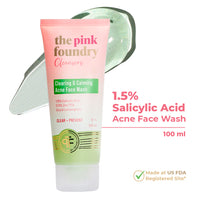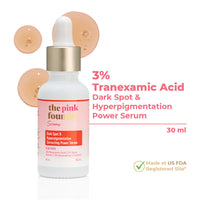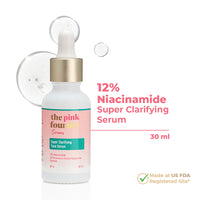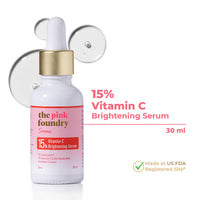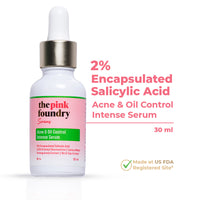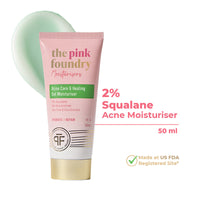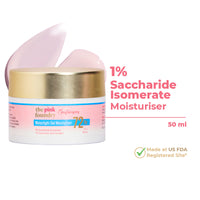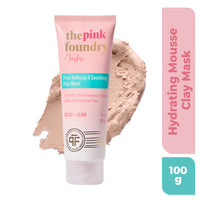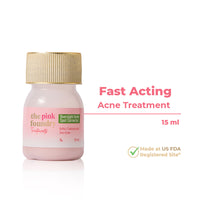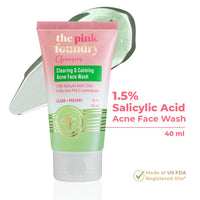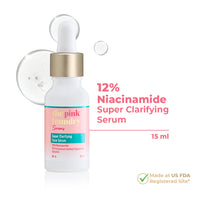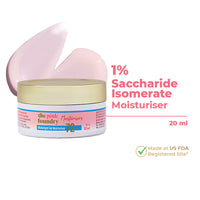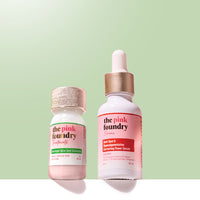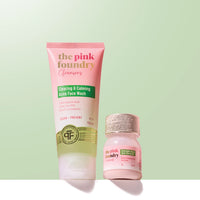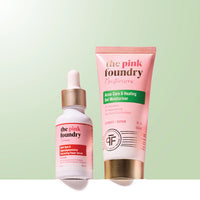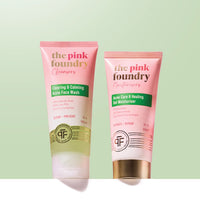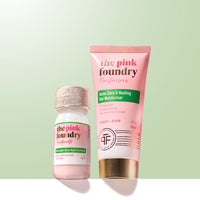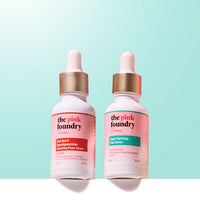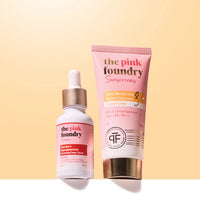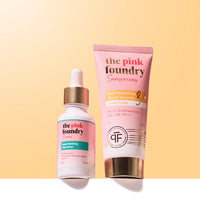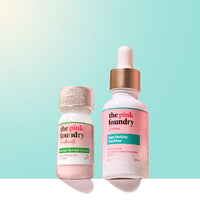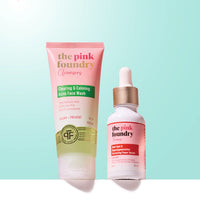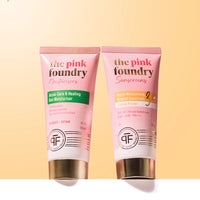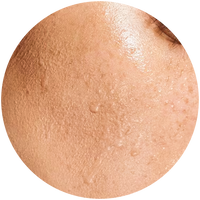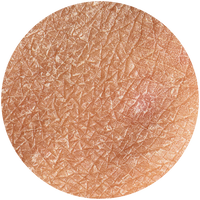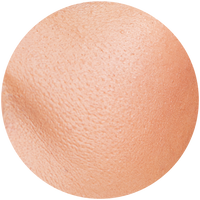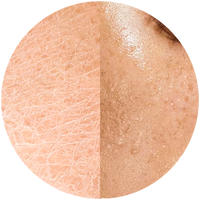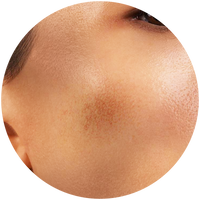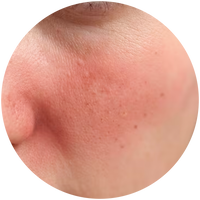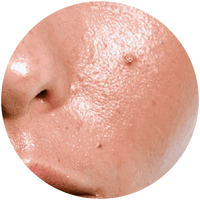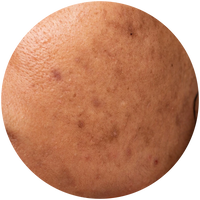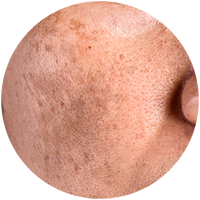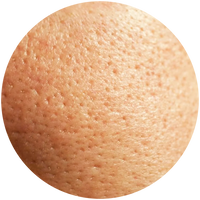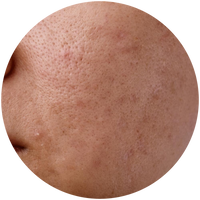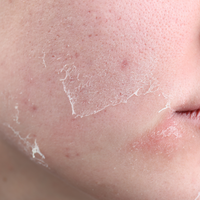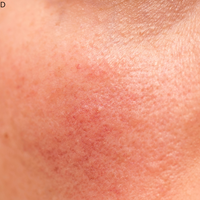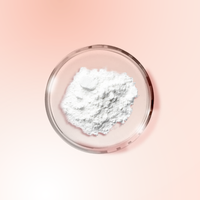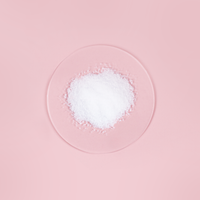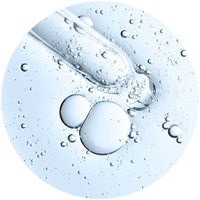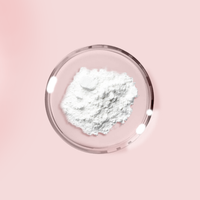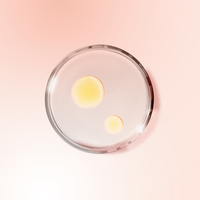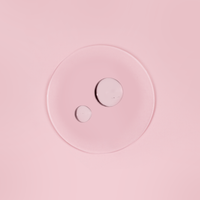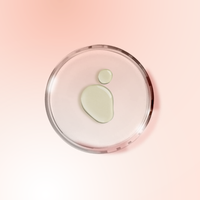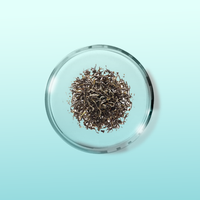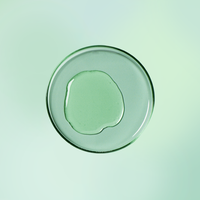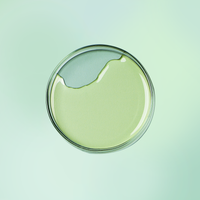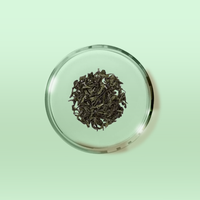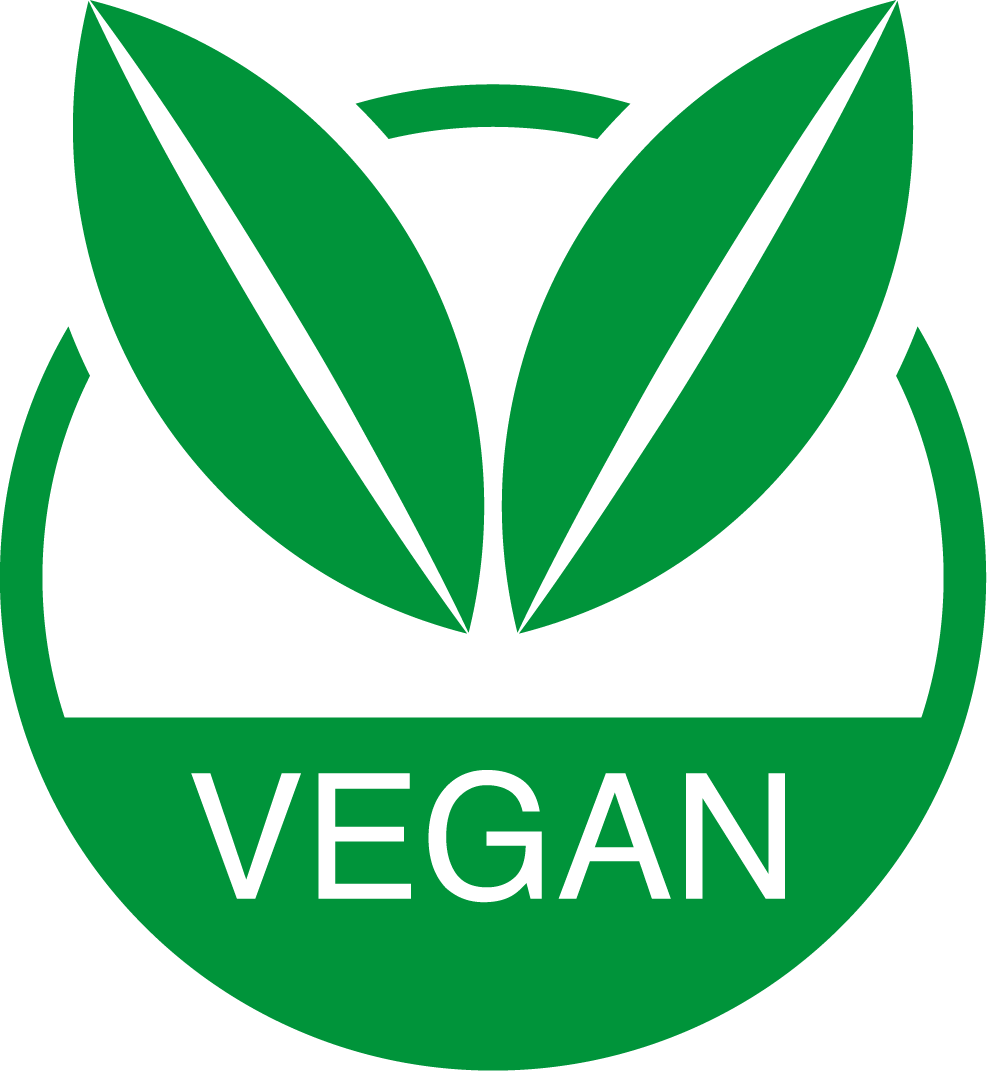Kojic Acid in skincare

Introduction
Kojic acid is one of the many ingredients in the market said to brighten the skin tone. It is known to help in the treatment of dark spots or patchy skin problems. It appears as a white crystalline powder that is soluble in water and is a natural product that helps brighten and improve the appearance of skin.
What is kojic acid?
Kojic acid is obtained through fermentation of soy sauce with rice wine, along with some species of Aspergillus fungus. Many skincare products contain the ingredient and promote it as an agent that depigments skin. As the compound works to inhibit the enzyme, melanin that naturally darkens skin will be consistently suppressed and the skin grows much brighter.
How does kojic acid work?
Kojic acid works by blocking the enzyme tyrosinase, which is of paramount significance in melanin synthesis for pigmentation in the skin. By preventing tyrosine synthesis, kojic acid provides a melanin depressant that results in skin-brightening effects on the skin, making it a great ingredient in dark spot serums and other treatments.
What does kojic acid do in skin care products?
Due to its proven efficacy in treating hyperpigmentation, kojic acid has found prominence in the formulation of cream and lotion intended for the treatment of age spots or skin diseases caused by sun or chemical exposure. It possesses a very potent brightening agent capable of making the skin appear brighter, coupled with antioxidant and anti-microbe activity that is advantageous for the skin.
Kojic acid benefits in skincare
There are quite a number of kojic acid benefits in skincare products to be outlined, they include the following:
- Skin brightening: Some products that contain this ingredient can help to brighten the skin and assist with age spots or sunspots.
- Melasma reduction: It might also be effective in treating melasma, which can be from pregnancy and darkened skin.
- Discoloured scar treatment: Kojic acid can also effectively manage scar discolouration. This acid does not enhance the width of scar tissue. However, it may reduce the pigmentation associated with scars.
- Antifungal activities: Kojic acid has antifungal properties as well. It could be useful in preventing and controlling a certain number of fungal infections, such as the yeast infection.
- Antibacterial effects: The possible antibacterial effects of kojic acid have to do with keeping the skin from being infected with common skin parasites.
Precautions while using kojic acid?
Although kojic acid is no doubt a great addition to any skincare regimen, it is important to note that it has to be used properly to avoid adverse effects. The following are some of them to take note of:
- Patch test the products: Apply a small amount of the product on the skin before use to detect sensitivity or allergy to the kojic acid.
- Use sunscreen: It is well known that this acid may increase the skin's sensitivity to UV rays, so an SPF 50 sunscreen is a must.
- Avoid overuse: The regular application of this acid is more than what is normally necessary and may cause skin irritation leading to peeling, redness and dryness of the skin. Always adhere to the guidelines of the product.
- Combine carefully: Retinol and AHAs/BHAs are also potent actives but should be mixed with caution and be used sparingly with Kojic acid to avoid sensitivity and or irritation.
- If unsure, seek medical help: In cases of the uncertainty of kojic acid use, treat with caution, especially when skin is sensitive, and skin disorders such as eczema are present. Always seek medical help from the dermatologist.
Conclusion
Kojic acid has been known to be effective for people who have dark spots on the surface of their skin because of ageing, sun rays or scars. On the other hand, people suffering from certain diseases of the skin or suffering specific allergies might be warned against kojic acid uses. It is always best to consult a dermatologist to ensure that it is safe to use products containing kojic acid.

